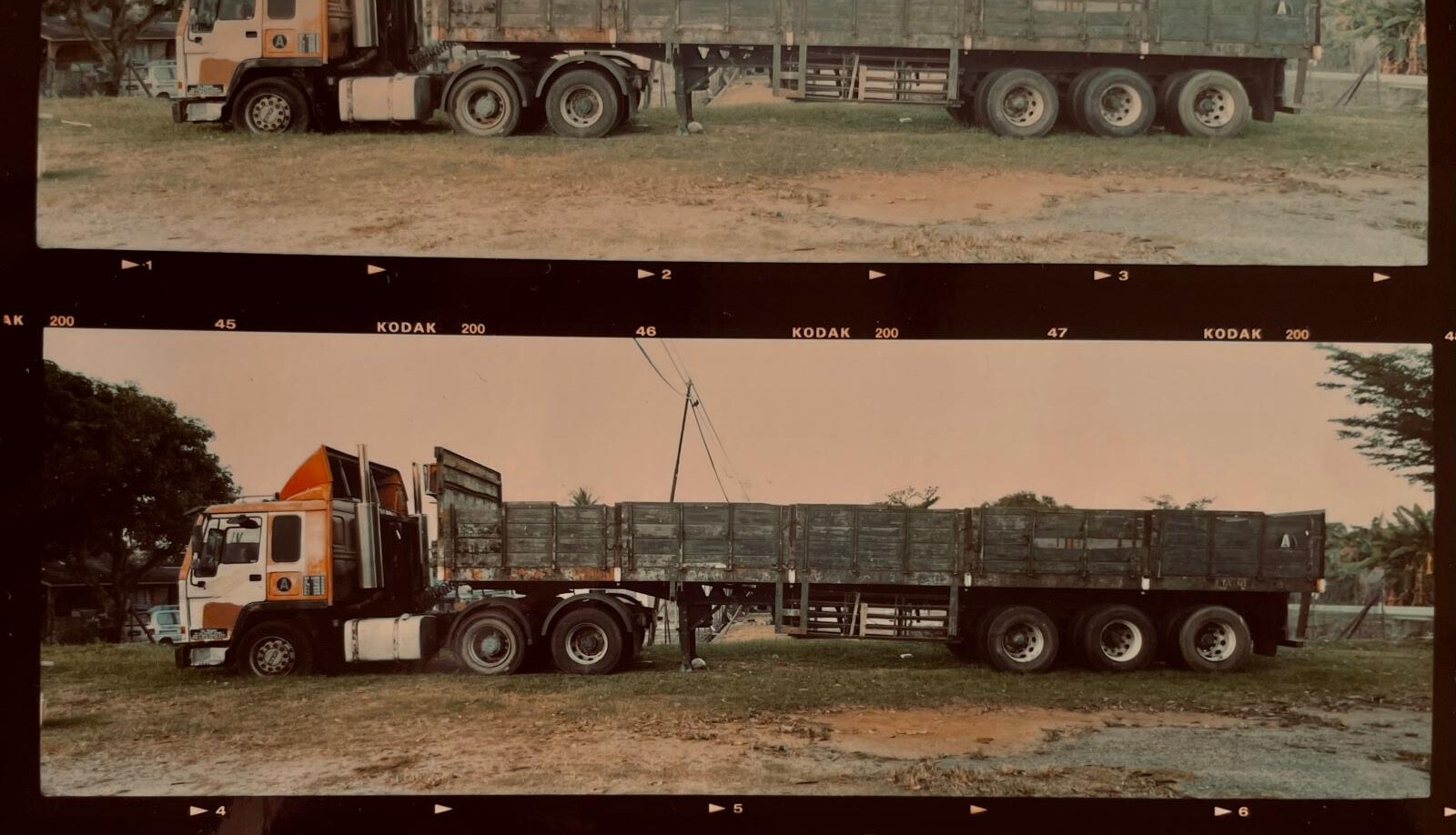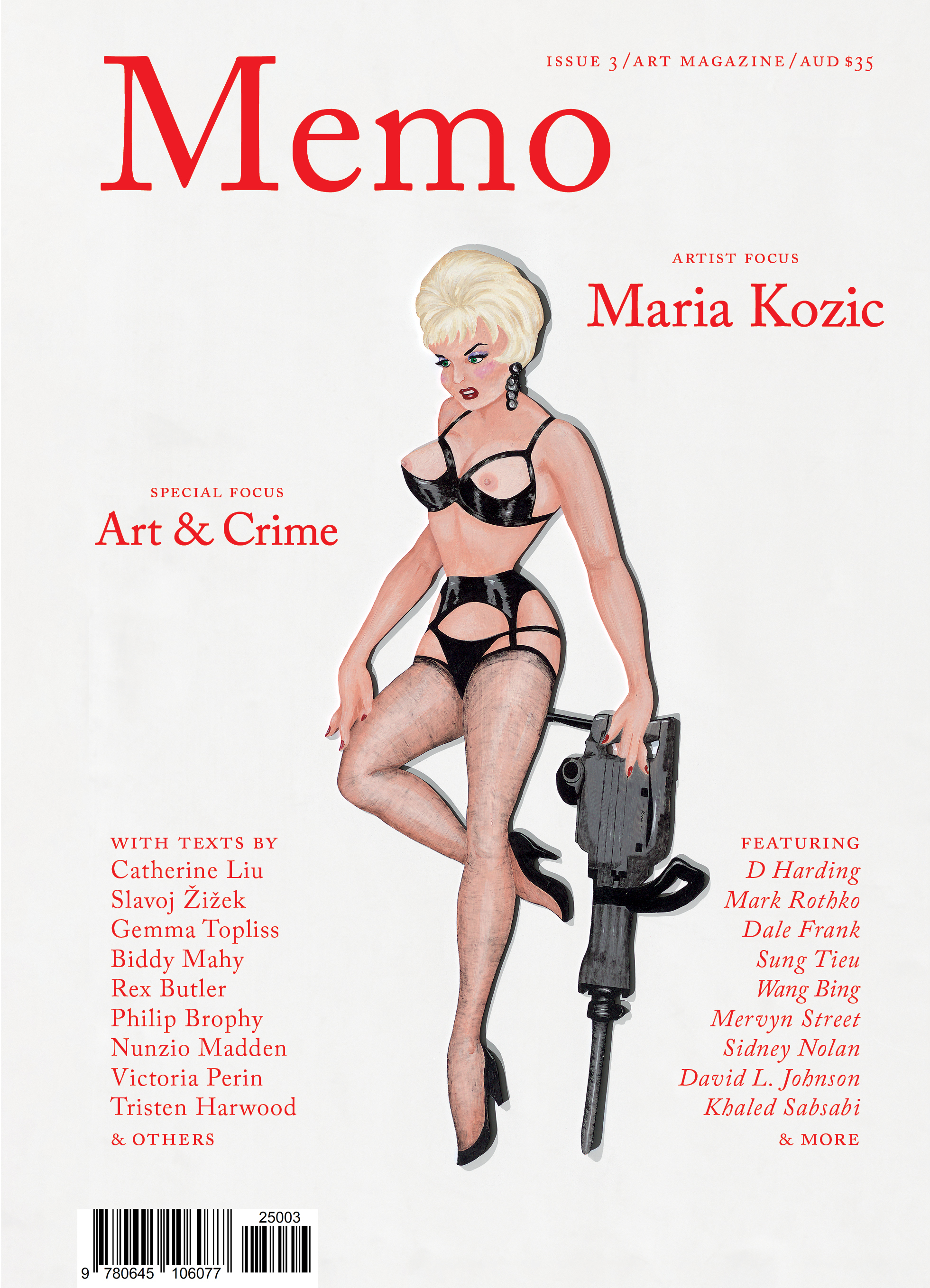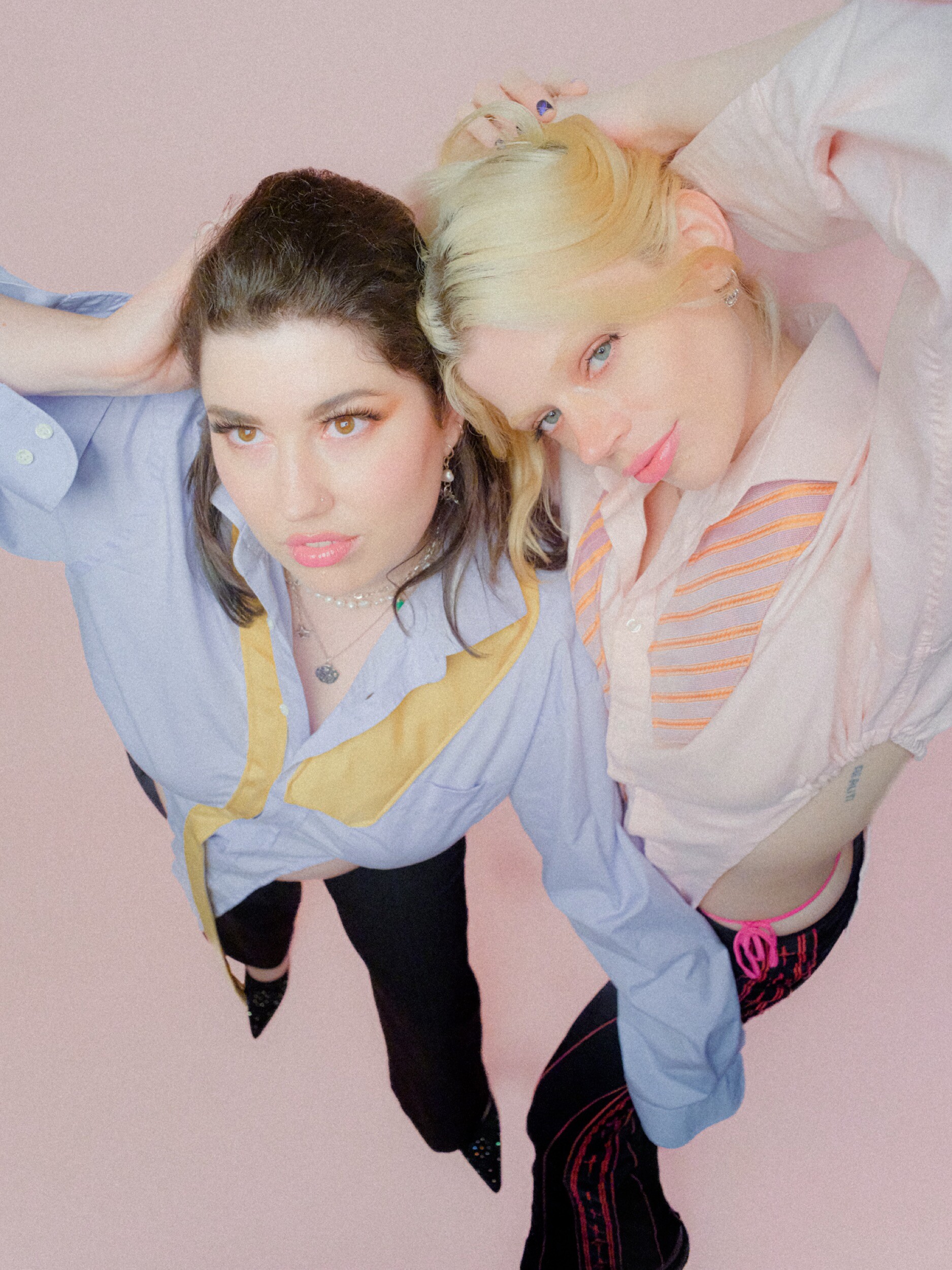Rothko Chapel
Rothko Chapel is a temple to death, the great obliterator-transformer. Death rambling, in wounded dialectic with life: Nietzsche’s nihil, Adorno’s negation. Produced during Rothko’s late “dark” period, the fourteen large canvases contained in the chapel surround the viewer like the arresting monoliths of Stonehenge. Three triptych arrangements adorn the dominant square walls, four single paintings occupy the canted corners of the square-cross building, and a final field painting unifies the panorama. Despite no perfect symbolic syzygies, the groups of fours and threes feel mystically loaded, like the four cardinal directions, the Holy Trinity, or the four seasons of three months.
Exclusive to the Magazine
Rothko Chapel by Grant Edward is featured in full in Issue 3 of Memo magazine.
Get your hands on the print edition through our online shop or save up to 20% and get free domestic shipping with a subscription.
Related

Monash University’s indefinite postponement this week of an exhibition featuring Khaled Sabsabi signals a deepening crisis in Australia’s cultural institutions. In the wake of Creative Australia’s Venice Biennale reversal, we are witnessing a damaging institutional retreat from risk—where the language of care and consultation masks a quiet erosion of artistic and academic freedom.

